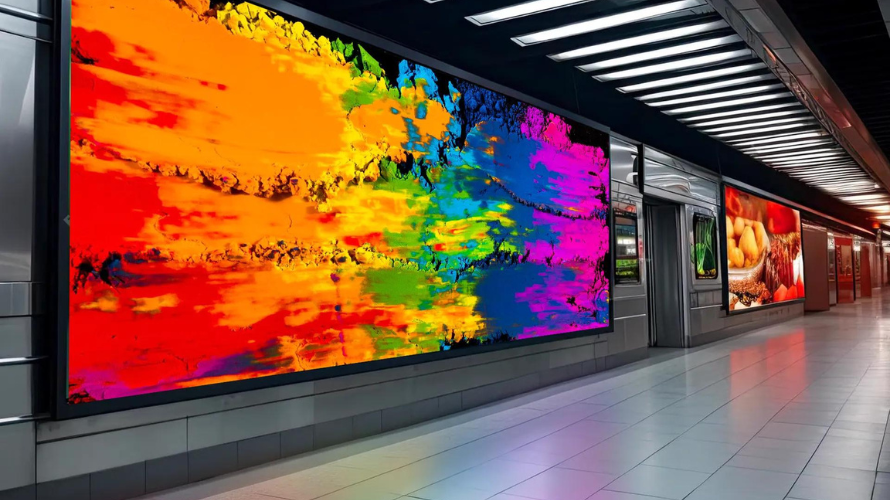Media facades are transforming the way we experience and interact with urban environments by seamlessly integrating vibrant digital displays into the exteriors of buildings. These innovative facades not only enhance the aesthetic appeal of architectural designs but also offer dynamic platforms for advertising and public engagement. As cities continue to evolve and grow, media facades are emerging as a key component in modern urban design, providing a fusion of art, technology, and functionality.
Benefits of Media Facades
Dynamic Advertising: One of the primary advantages of media facades is their ability to serve as high-impact advertising platforms. These digital displays can showcase large-scale advertisements and promotions, capturing the attention of pedestrians and drivers alike. The dynamic nature of media facades allows for rotating content, interactive advertisements, and real-time updates, making them an effective tool for brands looking to make a significant impression in high-traffic areas.
Architectural Innovation: Media facades introduce a modern and artistic element to building designs, transforming traditional architectural aesthetics into visually stunning displays. By incorporating digital screens into building exteriors, architects and designers can push the boundaries of conventional design, creating structures that stand out and contribute to the urban landscape’s visual richness. This innovative approach to architecture adds a new dimension to how buildings are perceived and appreciated.
Interactive Capabilities: Beyond static displays, media facades offer interactive capabilities that engage and captivate passersby. These interactive features can include touch-sensitive displays, motion-activated content, and user-driven experiences. By involving the public in the digital content displayed on media facades, cities can create memorable and participatory experiences that enhance community interaction and engagement.
Applications of Media Facades
Urban Advertising: Media facades are particularly effective in high-traffic urban areas where visibility is crucial. Large-scale digital displays can promote products, events, and services to a broad audience, making them a powerful tool for advertisers looking to reach a diverse and engaged audience.
Architectural Design: In architectural design, media facades offer a unique opportunity to blend technology with aesthetics. By integrating digital displays into building facades, designers can create eye-catching and contemporary structures that enhance the visual appeal of urban environments. This approach to design not only modernizes buildings but also contributes to the overall vibrancy of cityscapes.
Public Art: Media facades also serve as a canvas for public art installations. Digital art can be displayed in dynamic and interactive formats, allowing artists to create engaging and immersive experiences for the public. These installations can transform urban spaces into open-air galleries, showcasing digital art that evolves with the changing city environment.
Media facades are redefining the way we interact with and experience digital content in urban spaces. By integrating dynamic digital displays into building exteriors, these facades are not only enhancing architectural design but also providing new opportunities for advertising, public engagement, and artistic expression. As technology continues to advance, media facades will undoubtedly play a pivotal role in shaping the future of urban design and digital interaction.



